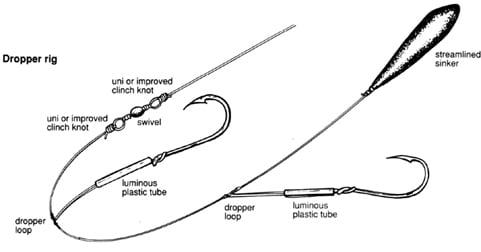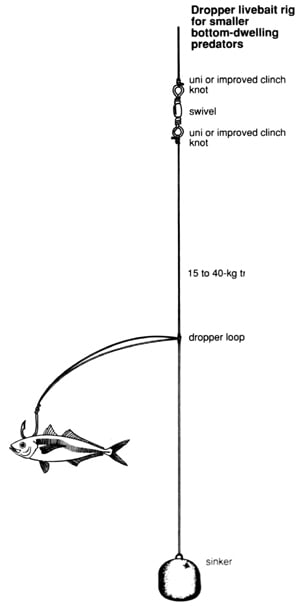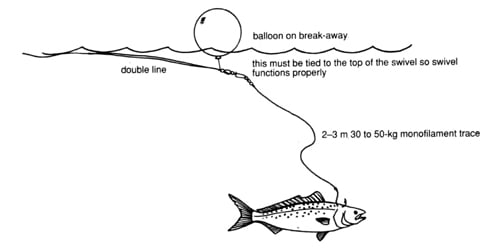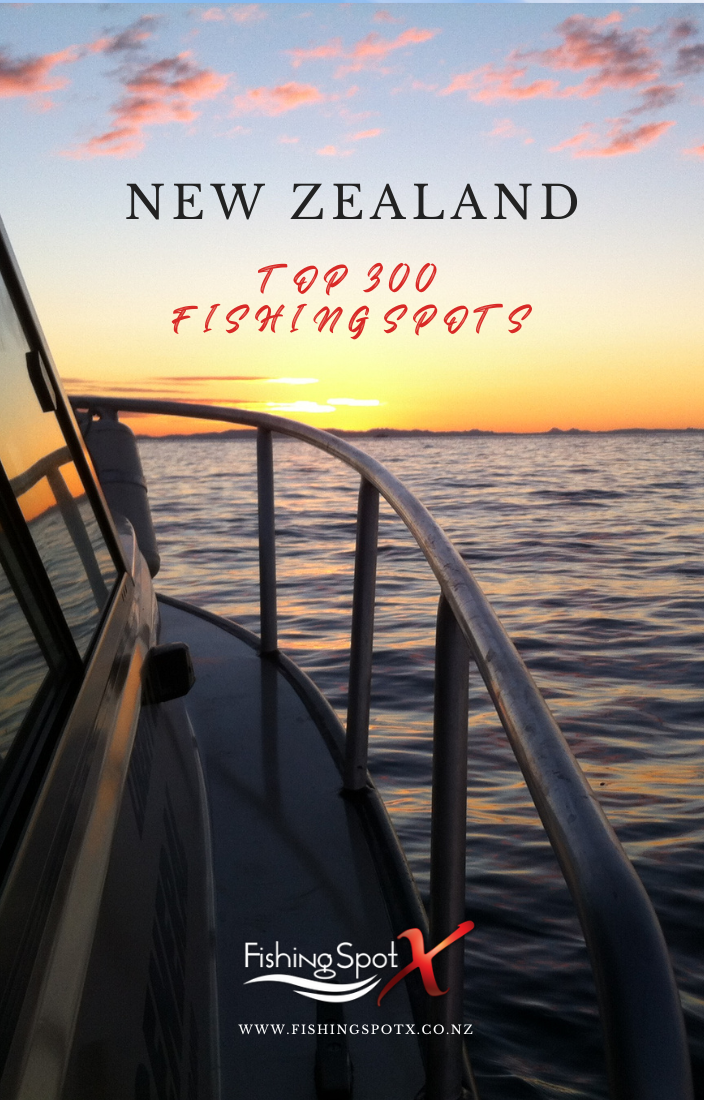Fishing is a favourite hobby in New Zealand, with many fishers enjoying the country’s plentiful waterways and rich marine life. There are many different fishing rigs that can be used in New Zealand, each designed for a specific type of fish and fishing situation. In this article, we will take a look at some of the most common fishing rigs used in New Zealand, including their advantages and disadvantages, and how to use them effectively.
One of the most popular fishing rigs in New Zealand is the paternoster rig. This rig is often used for bottom fishing, and consists of a main line with a series of droppers attached to it at even intervals. The droppers are usually baited with small hooks and lures, and are placed at different depths to target a variety of fish species. The paternoster rig is simple to use and can be highly effective, especially when targeting species such as Snapper and Gurnard. The main disadvantage of this rig is that it can get tangled easily if there is too much current or wind.
Another commonly used rig in New Zealand is the running rig, also known as the drift rig. This rig is used for drift fishing, where the fisher lets the boat drift with the current while the line is cast out behind the boat. The running rig consists of a main line with a weighted sinker at the bottom, and a series of baited hooks attached to the line at different intervals. This rig is effective for catching a variety of species, including Trevally, Kahawai, and John Dory. The main advantage of this rig is that it allows the bait to move naturally with the current, attracting more fish. The main disadvantage of this rig is that it can be hard to control the depth of the bait, and it can also snag on rocks or weeds.
A third popular fishing rig in New Zealand is the flasher rig, which is commonly used for trolling. This rig consists of a main line with a brightly coloured flasher or attractor attached to it, followed by a bait or lure. The flasher rig is designed to mimic the movement of a baitfish, and can be effective for catching species such as Salmon, Tuna, and Marlin. The main advantage of this rig is that it creates a lot of visual appeal and vibration, attracting more fish. The main disadvantage of this rig is that it can be expensive to buy or make, and it can also spook some fish if they are wary.
Finally, the jigging rig is a versatile rig that can be used for a variety of fishing situations. This rig consists of a main line with a weighted jig or lure attached to it. The jigging rig can be used for vertical jigging, where the fisher lifts and drops the rod tip repeatedly to make the jig or lure bounce up and down near the bottom. This technique can be very effective for catching species such as Kingfish, Hapuka, and Cod. The jigging rig can also be used for casting and retrieving, where the fisher casts out the jig or lure and reels it back in with jerks or twitches. This technique can be very effective for catching species such as Trout, Redfin, and Carp.
Fishing rigs are an important skill for any fisher, and in New Zealand, these four rigs will cover most of your fishing needs. The paternoster rig, running rig, flasher rig, and jigging rig are easy to set up and very effective, making them perfect for connecting your bait and lures to your line. With a little practice, you will be able to set up these fishing rigs quickly and confidently. Happy fishing!
Ledger/Dropper Rig
This rig is commonly used to target Snapper, Trevally, John Dory, Hapuka, Kawahai, Tarakihi and Blue Cod.
Kiwi Strayline Rig
This rig is commonly used to target Snapper, Trevally and Kahawai.
The Live Bait Ledger/Dropper Rig
Commonly used to target Kingfish and John Dory.
Live Bait Balloon Rig
Commonly used to target Kingfish around New Zealand waters.
See our fishing knot section to see how to tie commonly used fishing knots used in New Zealand.





